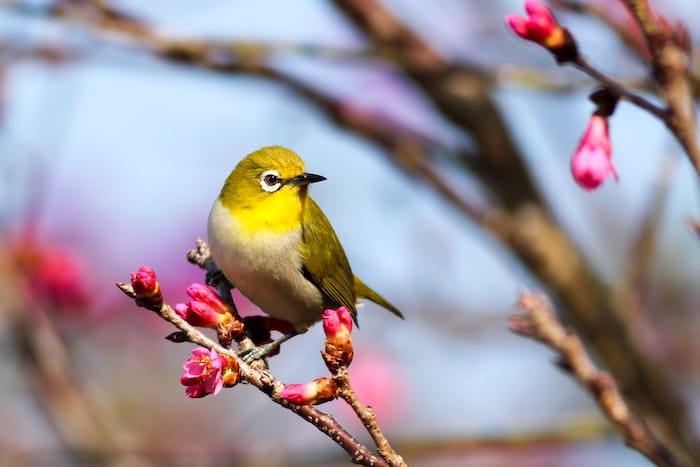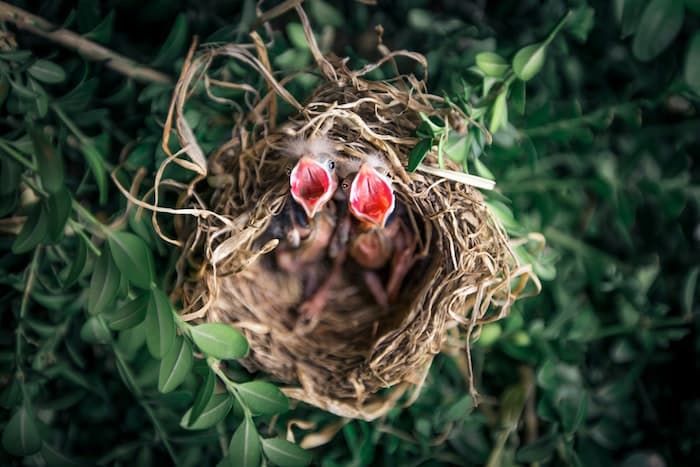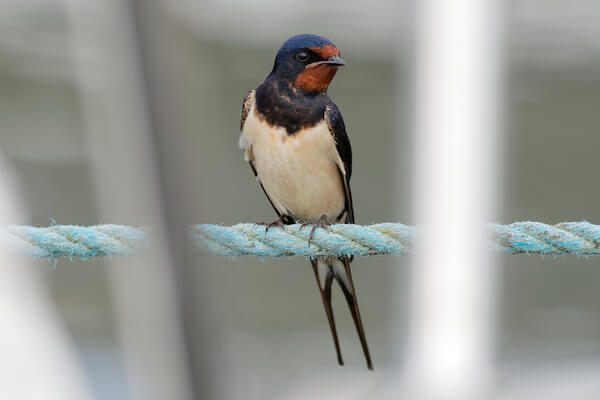Many of us think we know all about birds – they’re feathered, fly in the sky, and have impressive skills like soaring for long distances or building elaborate nests. But there are actually many things about birds that you might not be aware of – from their incredible abilities to how certain species can thrive in extreme climates.
In this post, let’s explore 6 fascinating facts you probably didn’t know about birds! From their unique anatomy to their surprising behavior patterns, get ready to learn something new about our feathered friends. So join us as we uncover some interesting details about these extraordinary creatures!

1. Not all birds can fly
Birds are known for their incredible ability to soar through the skies, but not all of them can take to the air. In fact, a number of species have evolved to be completely flightless. These birds may have lost the ability to fly due to a variety of reasons, such as adapting to life on the ground or living in areas where flight wasn’t necessary. Some notable examples of flightless birds include the ostrich, penguin, and kiwi.
Despite their inability to fly, these birds have adapted in other ways, whether it be through their impressive running speed or their efficient swimming techniques. Moreover, if you’re intrigued by this, you can always learn more about birds at Birdertopia, and other similar websites. That way, you can delve deeper into the fascinating world of birds!
2. Birds are the only animals with feathers
Feathers are one of the defining characteristics of birds, setting them apart from all other animals. With over 3,000 different types of feathers, birds enjoy a vast array of options when it comes to their plumage. Feathers serve many important purposes, from keeping birds warm to enabling their extraordinary ability to fly.
Additionally, feathers can serve as signals, used by males to attract females during mating season. Despite their importance to the bird’s survival and reproductive success, many people appreciate birds for their beauty and enjoy watching them in the wild. Whether you’re an avid birdwatcher or simply admire these unique creatures from afar, there’s no denying that feathers play an essential role in making birds the fascinating animals they are.
3. Most birds lay eggs and take care of their young until they can fend for themselves
The bird kingdom is full of dedicated parents who go above and beyond to ensure their offspring’s survival. With most bird species laying eggs, incubating them, and then taking care of their young until they are independent enough to fend for themselves, it’s an enormous responsibility.
Whether it be building a nest, sharing feeding responsibilities, or defending their young from predators, birds show an affectionate and protective side that is truly heartwarming. It’s fascinating to witness the lengths they go to, to ensure the prosperity of their offspring, and it’s a testament to the success of their species. So next time you hear the sweet chirping of birds, take a moment to appreciate the hard work of these devoted parents.

4. Birds use their beaks for more than just eating
Birds are one of nature’s most fascinating creatures. Not only do they have the ability to fly, but they also possess a unique tool that serves multiple purposes: their beaks. It’s commonly known that birds use their beaks for feeding, but did you know that they also use them for grooming themselves and building nests? Birds meticulously clean and preen their feathers using their beaks to remove dirt and pests.
Their beaks can also be used as a type of comb to smooth down their feathers. When it comes to building nests, birds are true architects. They use their beaks to gather and manipulate materials like twigs, grass, and even mud to create their cozy abodes. It’s amazing how these small yet mighty tools serve such important functions in the lives of our feathered friends.
5. Bird migration is one of the longest natural phenomena in the world
Each year, millions of birds embark on an incredible journey that spans thousands of miles. It’s a spectacle that has fascinated both scientists and nature enthusiasts for centuries. Bird migration is one of the most remarkable natural phenomena in the world. From the tiny ruby-throated hummingbird to the majestic whooping crane, these winged creatures undertake the epic journey to reach their wintering grounds.
Even more impressive is the fact that many of these birds will return to the very spot where they were born, navigating across oceans and continents with incredible accuracy. It’s a testament to the remarkable instincts and resilience of these incredible creatures. It’s no wonder that bird migration has captured the imagination of people from all walks of life for generations.

6. Some birds can live up to 15 years or more in wild conditions
In the wild, some bird species have impressive longevity, living up to 15 years or even more. These hardy creatures have adapted to their environments and can withstand a variety of conditions, from extreme temperatures to lack of food and water.
As they navigate the skies and scour the ground for sustenance, they encounter a wide range of challenges and obstacles, but their tenacity and resilience allow them to survive and thrive. Regardless if it’s the majestic bald eagle soaring through the mountains or the tiny hummingbird darting between flowers, these avian wonders are a testament to the power and beauty of nature.
We never truly know the extent of the capabilities and possibilities that are waiting for us in the natural world, and this is especially true when it comes to birds. We’ve seen how flightless birds have adapted to find their niche in life, and how remarkable their feathers can be on a variety of levels. While many species of birds are quite short-lived, some can exceed 15 years.
But even more so than time itself, perhaps what’s most remarkable about these creatures is their instinctive ability to migrate vast distances for survival without losing their way along the way. Truly, it’s impossible not to admire the intricate beauty of nature that exists within our avian friends.
